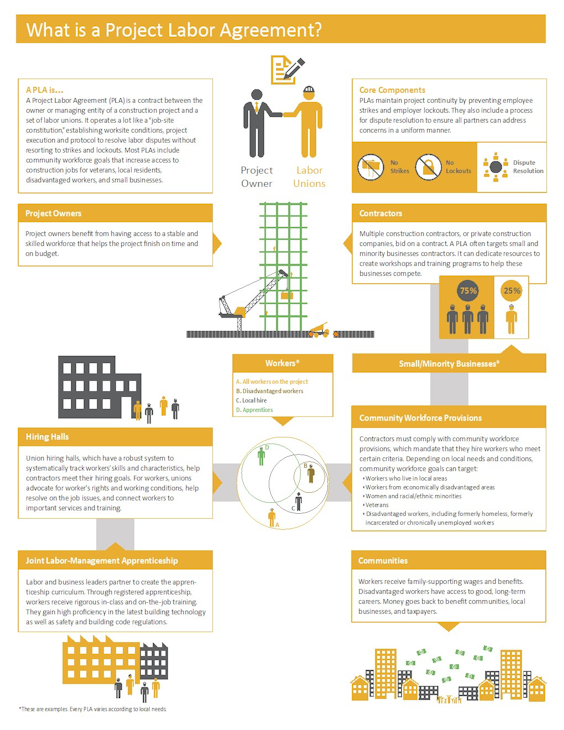Judge Reinstates Trump Independent Contractor Rule Withdrawn by Biden
Originally posted on insurancejournal.com
A federal judge in Texas has nixed the Biden Department of Labor’s withdrawal of a Trump administration rule governing whether a worker is an employee or an independent contractor.
U.S. District Court Judge Marcia A. Crone reinstated the Trump independent contractor rule, finding that the DOL violated federal administrative procedures in the way it delayed and then withdrew the rule.
Judge Crone agreed with the plaintiffs — the Coalition for Workforce Innovation, Associated Builders and Contractors of Southeast Texas, Associated Builders and Contractors and Financial Services Institute — that DOL failed to provide sufficient notice, consider alternatives, and give time for meaningful comment before withdrawing the rule that was to go into effect shortly after the Biden team took office.
The Trump rule was published on Jan. 7, 2021, with an effective date of March 8, 2021. The Biden administration delayed the effective date of the rule in January, and then on May 6 withdrew it entirely.
The judge’s ruling means the Trump independent contractor rule remains in effect dating back to March 8, 2021, and the ball is back in the Biden court.
The DOL argued that the 19-day comment period for comment on the proposed delay was adequate as it received more than 1,500 comments compared to the approximately 1,800 comments received in response to the rule when it was published in September 2020.
However, the judge noted that while the Administrative Procedures Act (APA) does not mandate the minimum number of days necessary for adequate comment, circumstances warranting a comment period of less than 30 days are “rare” and generally require “good cause.”
She found that the defendants failed to establish that any “serious, imminent harm” would result if the Trump independent contractor rule were to have gone into effect on March 8, 2021. “The court surmises that had the rule gone into effect, some employees may have been reclassified as independent contractors, but it is unlikely that the Independent Contractor Rule would have caused grave harm to the safety or security of American workers,” she wrote.
She also found that DOL failed to consider alternatives to the total withdrawal of the rule and, in so doing, failed to “consider important aspects of the problem before it — the lack of clarity of the economic realities test and the need for regulatory certainty.”
The independent contractor rule was an effort to provide clarity to the economic realities test — the multi-factor test used by courts to “determine whether, as a matter of economic reality, an individual is in business for himself or herself as an independent contractor, or is an employee of another” under the Fair Labor Standards Act (FSLA). The economic realities test has evolved over time in courts but has typically included five or six factors.
The factors courts have applied under the economic realities test have included: the nature and degree of control exercised by the company over the worker; the worker’s opportunity for profit or loss; the worker’s investment in the business; the permanence of the working relationship; the degree of skill required to perform the work; and the extent to which the work is an integral part of the company’s business.
The Trump rule sought to have two of the factors — the nature and degree of control over the work and the individual’s opportunity for profit or loss — carry more weight than the other factors, with the reasoning being that if they both point towards the same classification, there is a “substantial likelihood that is the individual’s accurate classification.”
Advocates for the Trump rule argued that this approach would clarify the status of workers in an age of app-services firms like Uber, DashDoor and Instacart by narrowing the review and prioritizing certain factors to be weighed in deciding if a worker is an employee or an independent contractor.
The plaintiff Coalition for Workforce Innovation maintains that current workforce and labor laws are “woefully outdated.” Its members include Uber, Lyft, the American Staffing Association, Kelly Services, Amway, Mary Kay, Intact Insurance and other firms,
According to the Biden DOL, the Trump rule’s prioritization of two “core factors” for determining employee status under the FSLA would have undermined the “longstanding balancing approach of the economic realities test and court decisions requiring a review of the totality of the circumstances related to the employment relationship.”
The Biden administration sought to restore the previous approach to enforcing the FSLA that allows companies to classify their contractors as independent but requires a broader analysis. The Biden administration contends that the Trump rule narrowed the definition of employee and could result in workers losing federal protections for minimum wage and overtime compensation, as well as jeopardize their unemployment insurance and workers’ compensation benefits. Workers classified as independent contractors could also face more difficulty forming unions than employees.
“By withdrawing the independent contractor rule, we will help preserve essential worker rights and stop the erosion of worker protections that would have occurred had the rule gone into effect,” said Secretary of Labor Marty Walsh in announcing the withdrawal.
Asked whether the Biden administration would appeal the court ruling or begin a new rulemaking process, Seema Nanda, the lawyer for the DOL, said the administration “is evaluating all legal options, including the potential need for rulemaking.”
“When employers misclassify workers as independent contractors, workers lose key rights and protections, hurting labor standards across the board and making it harder for law-abiding employers
to compete on an even playing field,” Nanda said in a statement to Insurance Journal.












